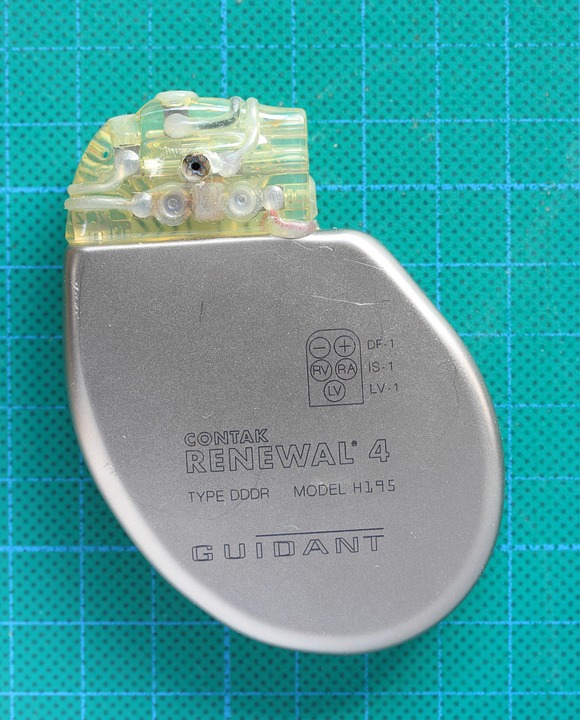Medical Implants and MRI Scans: Updating the Research
Millions of potential MRI patients already live with a medical implant. The use of pacemakers has seen a more than 50 percent increase between 1993 and 2009, while the first nationwide study of knee and hip arthroplasties show that over 7.2 million Americans are living with implants.
These implants can increase mobility and improve a patient’s quality of life and life expectancy; there’s no question that they’re a net medical plus. But implants also come with new restrictions, including some that affect our use of MR technologies to obtain diagnostic images.
To be clear, MRI scans are incredibly helpful, low-risk, non-invasive imaging options. But sometimes those with medical implants aren’t able to take advantage of this imaging choice, and the list of affected implants is constantly in flux. That’s why it’s important for all physicians to stay up-to-date on the research regarding medical implants and MRI scans.
Understanding Interactions Between Medical Implants and MRI Scans
Because MRI scans use strong magnets, metal implants could potentially cause negative reactions or distort the images created during the test. Pacemakers, defibrillators, cochlear implants, or other small metal hardware can heat up or be drawn to the machine during an MRI. Electronic devices can also potentially malfunction during a scan, posing a risk to the patient.
That said, medical device manufacturers are always innovating. Increasingly, designers of these devices plan for MRI safety when they’re building their products. So where does the latest generation of medical implants stand when it comes to the safe use of MR modalities during the diagnostic process? That, of course, depends on the implant itself.
New Research on Common Medical Implants and MRI Scans
Pacemakers and defibrillators have long been on the MRI-unsafe list. Recent studies suggest that this abundance of caution is not necessary for most people. One piece in the Journal of Clinical Electrophysiology, labeled a “proof of concept study” by its authors, suggests that the benefits of conducting an MRI scan on patients with pacemakers and defibrillators justified the risk.
Meanwhile, a safety study of nearly 40 medical implants in a 7 Tesla MRI scanner found that only four of them — one heel implant, two stints, and one fibular implant — failed safety tests and earned the designation MR-unsafe for 7-T MRI usage.
Leading hospitals are also building the case for MRI procedures in patients with pacemakers and defibrillators. The Johns Hopkins Hospital has safely conducted MRI studies on more than 300 patients with cardiac implants at the time of this writing.
Of course, none of this is to say that all medical implants are always safe for MRI scans. But as the research continues, and as device manufacturers learn more about which materials and designs interact with MR fields and which don’t, it seems that the diagnostic power of MRI scans will become more and more available to patients who have implanted medical devices. That’s a good thing for patients and for medical science more broadly.

